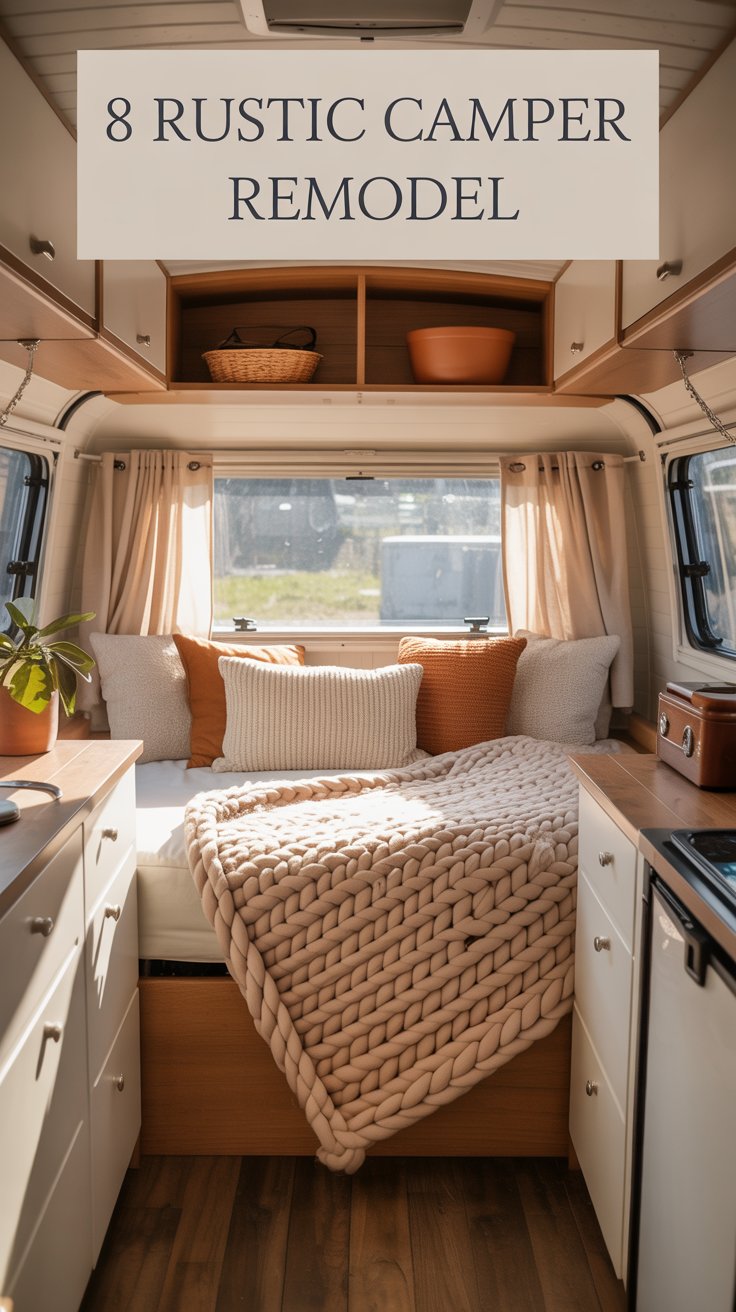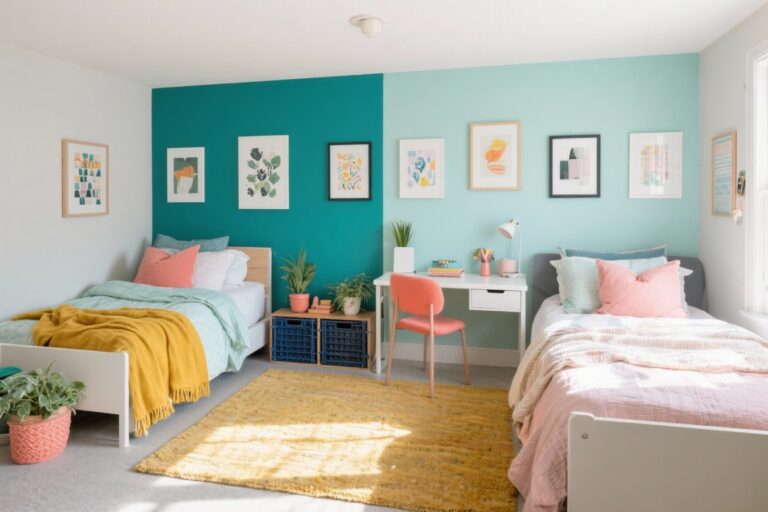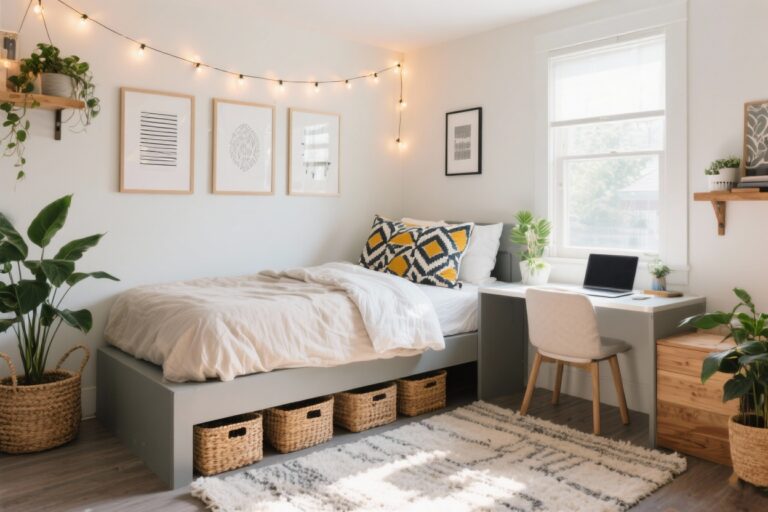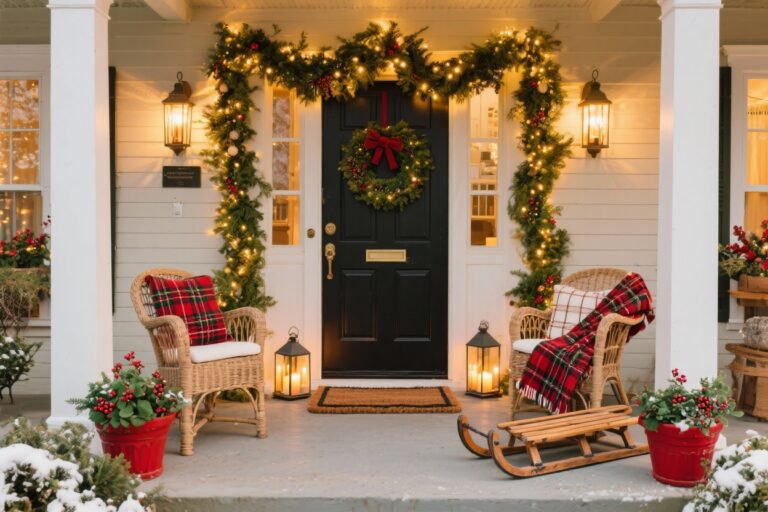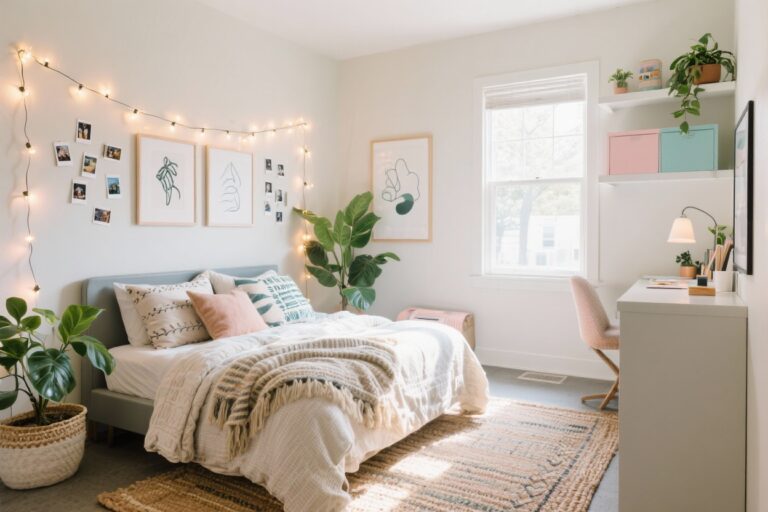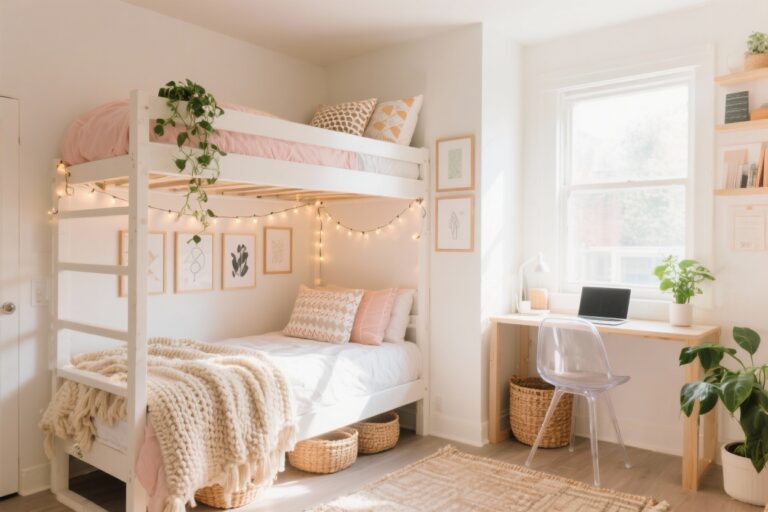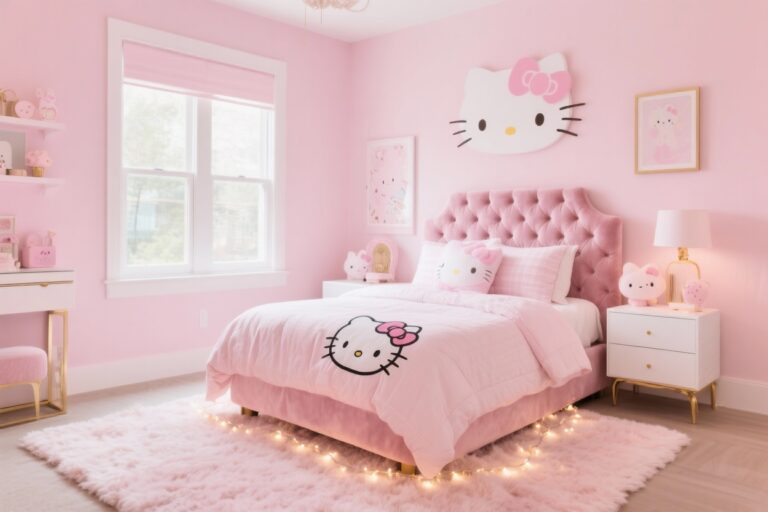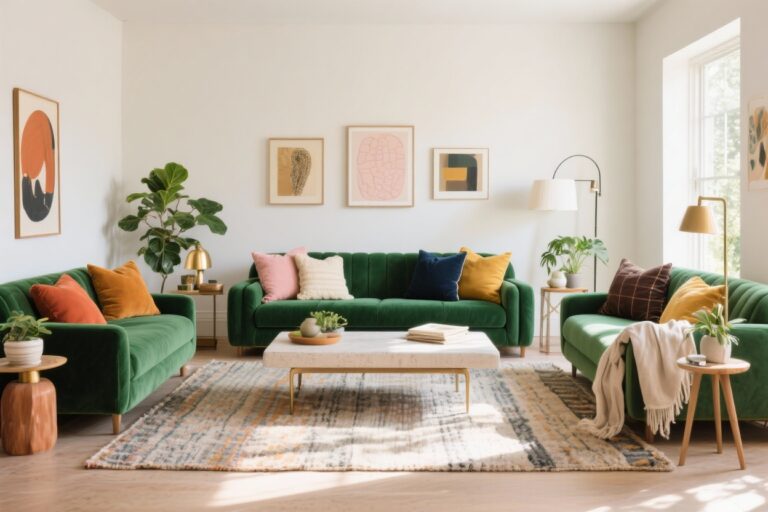There’s a certain magic to the open road, a call to adventure that whispers of freedom and breathtaking sunrises in new, wild places. The camper, or RV, is the modern-day Conestoga wagon, a home on wheels that promises both escape and comfort. But how do you transform a standard, often sterile, camper interior into a personal sanctuary that feels as soulful as the landscapes you plan to explore? The answer, my friends, lies in embracing the warmth and authenticity of rustic design.
As a designer who has spent a decade blending the worlds of fashion, interiors, and gardening, I see the rustic aesthetic as more than just reclaimed wood and plaid blankets. It’s a philosophy. It’s about texture, layering, and bringing the organic beauty of the outdoors inside. It’s the fashion-forward idea of mixing rugged materials with soft textiles, the interior design principle of creating a cozy, functional space, and the gardener’s joy of incorporating living, breathing elements into your daily life. It’s about creating a haven that tells a story—your story.
So, grab a cup of tea and your favorite cozy blanket! We’re about to dive into eight distinct rustic camper remodel concepts that will turn your vehicle into a destination all its own. From the sun-bleached vibes of a coastal retreat to the moody romance of a mountain cabin, these ideas are designed to spark your imagination and empower you to create a rolling home that’s not just a place to sleep, but a space that truly inspires.
1. The Adirondack Adventurer
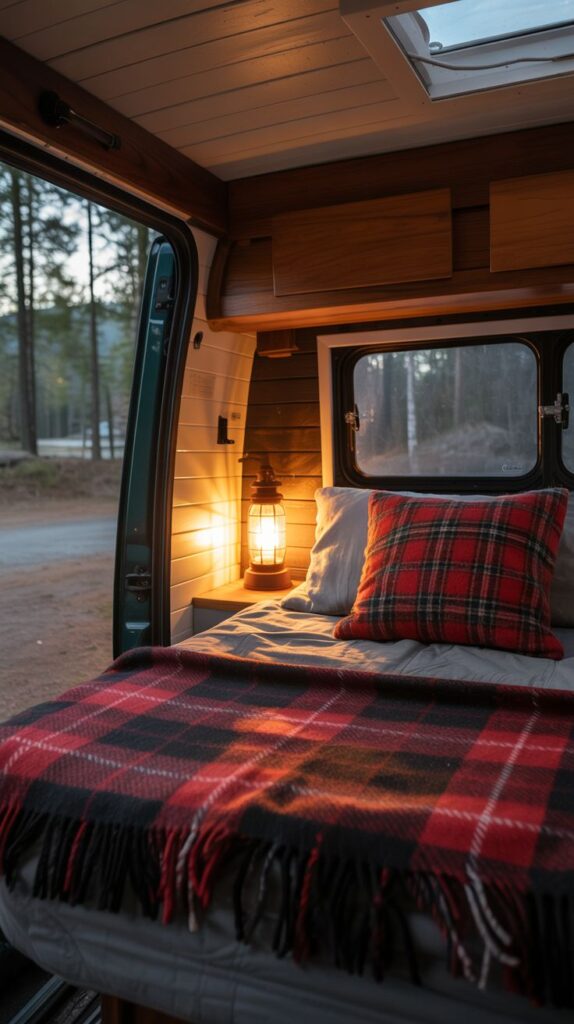
Step into a space that feels like a classic mountain cabin, lovingly miniaturized and set on wheels. This concept is all about embracing the traditional, cozy feel of a lodge retreat after a long day of hiking. The color palette is warm and deep, dominated by rich wood tones, forest greens, and the deep crimson of a Pendleton blanket. The goal is to create a snug, enveloping atmosphere that makes you want to curl up with a good book while the rain patters gently on the roof.
The key to achieving this look is a confident use of wood. Think beadboard or thin cedar planks on the walls and ceiling to create that unmistakable cabin DNA. Don’t be afraid of darker wood stains for your cabinetry, complemented by oil-rubbed bronze or antiqued brass hardware for a touch of timeless elegance. For textiles, it’s all about layering rugged, touchable fabrics—flannel sheets, a wool throw, and perhaps a faux-fur pillow to add a note of luxurious comfort. Warm, low-level lighting from small lanterns or Edison bulb sconces is essential for casting a golden, inviting glow.
From a design perspective, this look is like dressing for a stylish winter expedition; it’s about practical layers that are also aesthetically pleasing. The gardening element comes in through subtle, hardy touches. A small potted pine or a vase holding a few fragrant cedar sprigs connects the interior to the forested landscapes outside. This isn’t about big, leafy plants, but rather the quiet, resilient botanicals of the high country.
2. The Farmhouse Wanderer
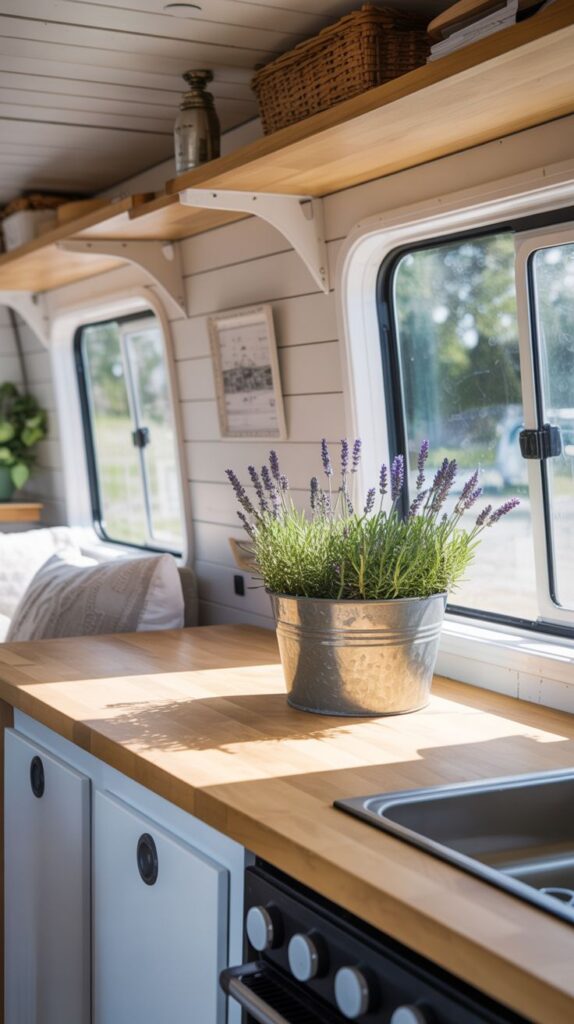
Imagine rolling through golden fields and parking for the night in a space that feels as fresh and wholesome as the countryside itself. The Farmhouse Wanderer is a lighter, brighter take on rustic design, swapping dark woods for a more airy and open feel. It’s clean, practical, and effortlessly charming, built on a foundation of white walls, natural wood tones, and simple, honest materials. This style is perfect for those who love the rustic idea but crave a sense of spaciousness in a compact environment.
To bring this concept to life, start with white shiplap walls—the quintessential farmhouse element that instantly makes a small space feel larger. Pair this with light-toned butcher block countertops and simple, flat-panel cabinet doors. For hardware and fixtures, matte black or wrought iron provides a beautiful, graphic contrast against the white backdrop. Textiles are kept simple and classic: think gingham curtains, striped linen cushions, and soft cotton throws in neutral shades of oatmeal and grey.
This aesthetic is the interior design equivalent of a perfectly tailored white shirt and classic jeans—it’s timeless and always in style. The gardener’s touch is what truly makes it sing. A small windowsill herb garden with rosemary, thyme, and basil not only adds fresh greenery and a beautiful scent but is also wonderfully practical. A stoneware crock filled with wildflowers or a bundle of dried lavender hanging from a hook infuses the space with simple, rustic beauty.
3. The Bohemian Homesteader
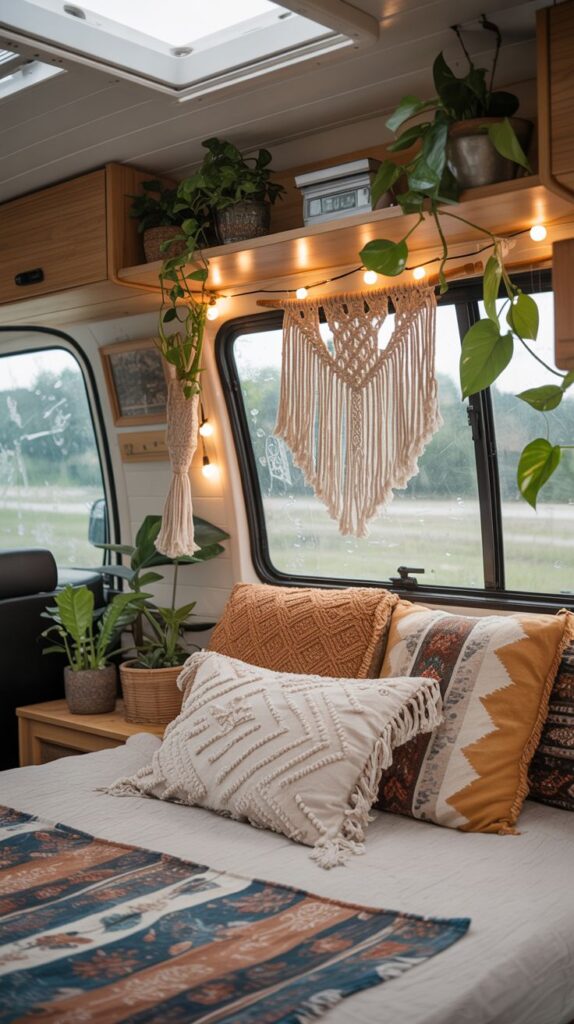
This is where rustic design lets its hair down and gets a little wild. The Bohemian Homesteader is for the free spirit, the collector, and the creative soul who believes a home should be a gallery of their life and travels. It’s a warm, eclectic, and deeply personal style that layers textures, patterns, and plants with joyful abandon. The foundation is rustic—natural wood, earthy tones—but the expression is pure bohemian, celebrating individuality over rigid design rules.
The magic of this look is in the mix. Pair raw wood finishes with intricate macrame wall hangings and woven rattan light fixtures. Don’t be shy with textiles; layer a Moroccan-inspired rug on the floor, pile pillows with varying global patterns on the bed, and drape a soft, tasseled throw over a seat. The key is to stick to a warm, earthy color palette (terracotta, mustard, olive green) to ensure the look feels cohesive rather than chaotic. Worn leather pulls on drawers and shelves filled with personal treasures complete the vibe.
This style is a masterclass in fashion-forward layering and personal expression. It’s less about a single outfit and more about a curated wardrobe of beloved pieces. And for the plant lover, this is heaven. Trailing plants like pothos or string of pearls are perfect for hanging from the ceiling or high shelves, creating a lush, jungle-like canopy. A collection of succulents and cacti in mismatched terracotta pots adds texture and life to every available surface.
4. The Desert Dweller
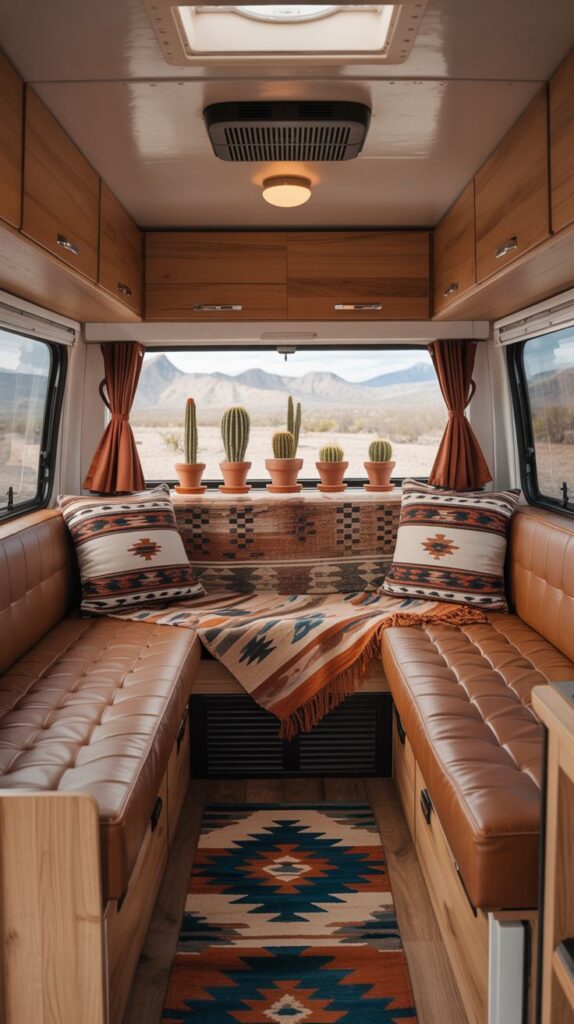
Inspired by the sun-baked landscapes and artistic soul of the American Southwest, the Desert Dweller is a rustic style that is both earthy and modern. It captures the serene, spiritual energy of the desert with a palette of terracotta, sand, and faded denim blue. This design is about clean lines meeting organic textures, creating a space that feels calm, grounded, and connected to the vast, open spaces you’re traveling through.
Achieve this look by starting with a neutral, plaster-like finish on the walls—a soft off-white or light clay color works perfectly. Incorporate natural, unfinished wood for shelves or a statement ceiling detail. The real character comes from the textiles and accents. A flat-weave rug with a geometric tribal pattern, cushions made from nubby, hand-loomed fabrics, and perhaps a touch of aged leather will bring the theme to life. Simple, clean-lined cabinetry keeps the look from feeling cluttered.
This style has a unique fashion sensibility, blending the ruggedness of a leather belt with the artistry of a hand-woven bracelet. The gardening component is, naturally, the star of the show. This is the ideal environment for a curated collection of cacti and succulents. Their architectural shapes and minimal water needs make them perfect, low-maintenance travel companions. Arrange them in simple clay or ceramic pots on a sunny windowsill to create a living sculpture garden.
5. The Coastal Forager
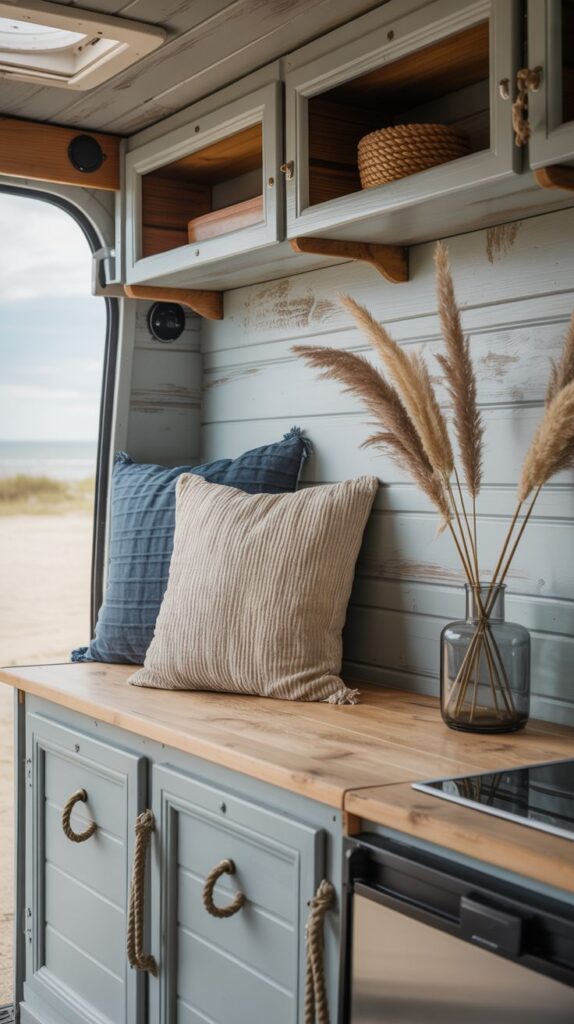
Breathe in the salty air and feel the gentle sea breeze, even when you’re parked miles from the ocean. The Coastal Forager is a rustic design that channels the relaxed, weathered beauty of a seaside cottage. It’s not about bright, kitschy nautical themes, but rather the subtle, sun-bleached palette and natural textures found along a windswept shoreline. The overall feeling is light, calm, and restorative, like a walk on the beach at dawn.
The core of this style is weathered wood. Think walls or cabinets with a driftwood-gray finish or a whitewash so thin the grain shows through. The color palette is a soft mix of sandy beige, sea-glass green, and cloudy sky blue, anchored by crisp white. Natural fibers are essential: use jute or sisal for a small area rug, linen for curtains that billow in the breeze, and rope details for cabinet pulls or as a decorative garland. A collection of found objects—smooth stones, shells, or a piece of driftwood—makes the space feel personal and authentic.
This aesthetic mirrors the effortless fashion of a coastal town: breathable linens, soft cottons, and a relaxed, comfortable fit. To bring in a touch of green, opt for hardy, salt-tolerant plants or, even better, display dried grasses like pampas or bunny tails in a simple glass vase. This nod to the coastal dunes is beautifully sculptural and requires zero maintenance, making it perfect for a home on the move.
6. The Urban Woodsman
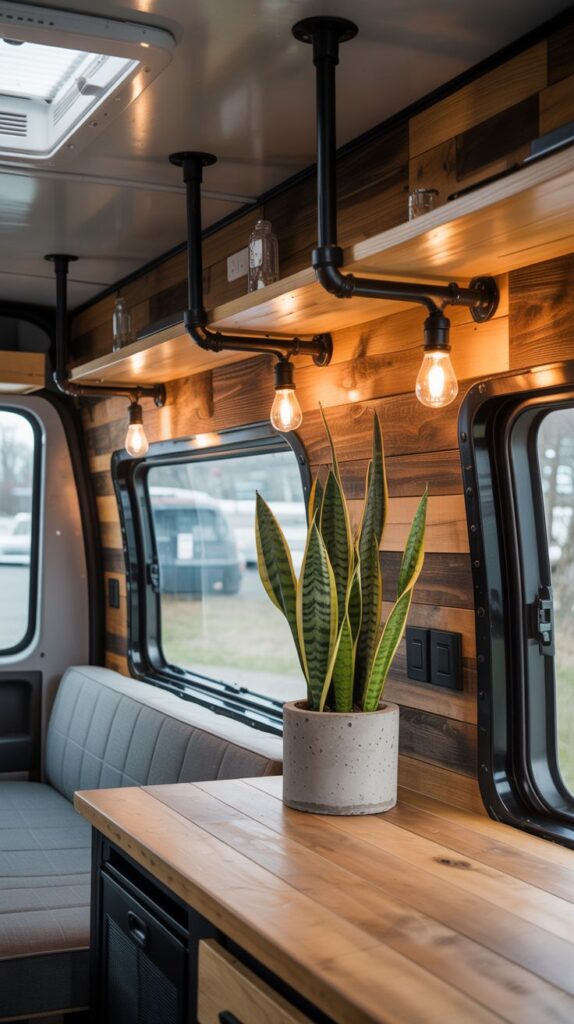
This is where the grit of the city meets the soul of the forest. The Urban Woodsman is a rustic-industrial hybrid, perfect for the traveler who loves the raw beauty of nature but also appreciates a modern, edgy aesthetic. It’s a sophisticated blend of warm, reclaimed wood and cool, hard metal, creating a look that is both rugged and refined. This is the rolling equivalent of a stylish loft apartment in a converted warehouse.
The design relies on a bold contrast of materials. Pair a feature wall of rough, reclaimed barn wood with sleek, dark grey or black cabinetry. Introduce metal elements through exposed black pipe shelving, a stainless steel backsplash, or concrete-look countertops (which can be achieved with special paint or surfacing kits). Lighting is key; filament-style Edison bulbs in simple, cage-like fixtures provide warm light and a strong industrial statement. Keep textiles minimal and masculine—a charcoal grey wool blanket, leather pillows, or a simple canvas floor mat.
The fashion parallel here is a high-end workwear brand: durable, functional, and impeccably styled with an eye for raw materials. To soften the hard edges and prevent the space from feeling too cold, add a touch of resilient greenery. A snake plant or a ZZ plant in a simple metal or concrete pot thrives on neglect and adds a vital, organic element that perfectly complements the industrial vibe.
7. The Scandinavian Retreat
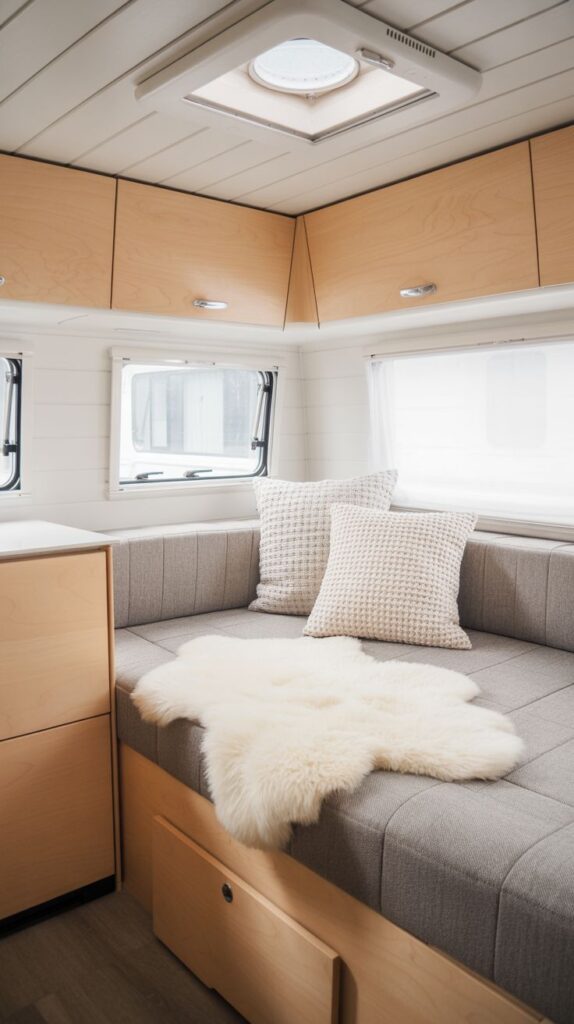
If your vision of rustic is less about clutter and more about cozy, mindful simplicity, the Scandinavian Retreat is your ideal design. This style takes the Nordic principles of hygge—a quality of coziness and comfortable conviviality that engenders a feeling of contentment—and applies them to life on the road. It’s a minimalist approach to rustic, focusing on clean lines, a light and neutral palette, and the beauty of natural, high-quality materials.
The foundation of this look is light-toned wood, like birch or pale oak, used for flooring, countertops, and cabinetry. Walls are painted a soft, clean white to maximize light and create a feeling of openness. The rustic element comes through in the textures rather than an abundance of items. Think of a single, incredibly soft sheepskin throw draped over a chair, a chunky knit blanket on the bed, and simple ceramic dishes. Function is paramount; every object should be both beautiful and useful.
This design is the epitome of understated chic, like a perfectly constructed cashmere sweater. It’s all about quality over quantity. The gardening element follows this “less is more” philosophy. A single, elegant plant, like a Fiddle Leaf Fig (a smaller variety) or even just a single, sculptural branch placed in a minimalist ceramic vase, is all you need. It’s a quiet, living detail that adds a touch of nature without disrupting the serene, uncluttered calm of the space.
8. The English Cottage Rover
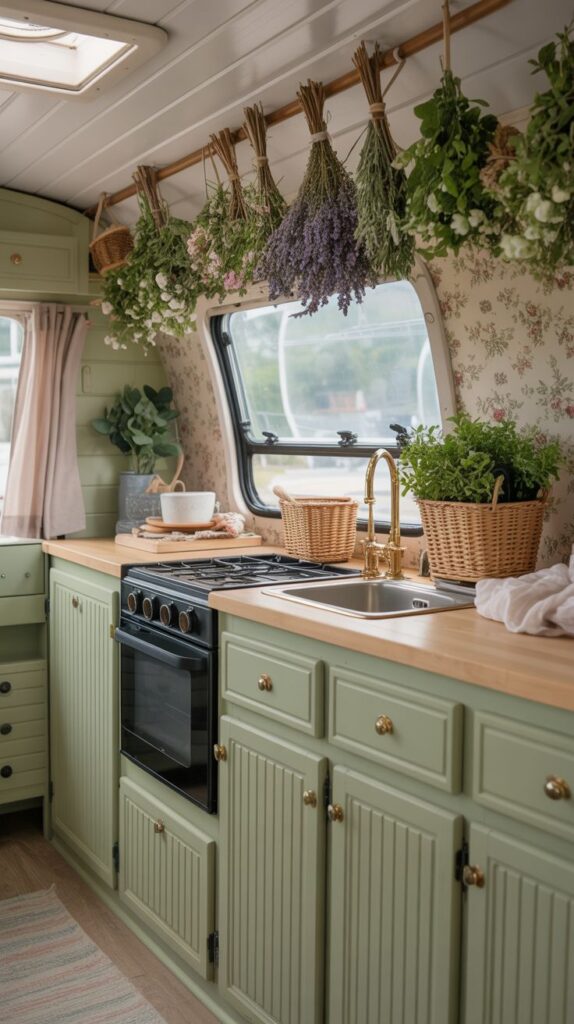
For the romantic at heart, this concept transforms your camper into a tiny, charming English cottage on wheels. It’s a whimsical and deeply personal take on rustic that celebrates the beauty of a rambling garden and the coziness of a well-loved home. This style is all about soft colors, floral patterns, and a touch of vintage charm, creating a space that feels like a storybook come to life.
Start by painting your cabinets in a soft, heritage color like sage green, dusty blue, or clotted cream. An accent wall featuring a delicate floral or botanical print wallpaper can be a stunning focal point. Look for antiqued brass hardware for your latches and pulls to add a warm, vintage glow. Textiles should be soft and inviting—ditsy floral print cushions, a patchwork quilt, and simple cotton curtains. Don’t forget to add charming details like a small rack for teacups or botanical prints framed on the wall.
This style is like wearing a beloved vintage floral dress—it’s timeless, romantic, and tells a story. Here, the interior design and gardening elements are completely intertwined. This is the perfect space to fully embrace your green thumb. Hang bundles of herbs like rosemary and lavender from the ceiling to dry, place small pots of geraniums or violas in a window box, and use containers that look like they came straight from a potting shed. The entire camper becomes a celebration of the garden.
